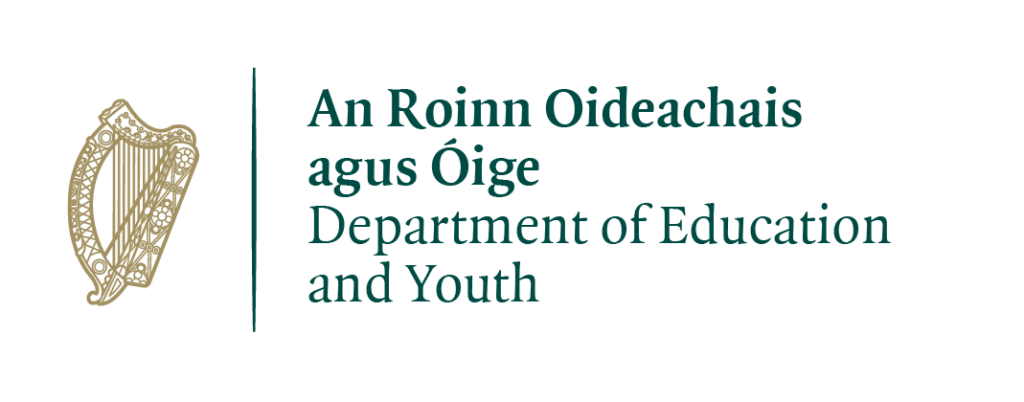Blended Learning
What is Blended Learning?
A “blended” approach to teaching and learning blends online, face-to-face, and self-directed learning. This approach ensures accessibility for students who would otherwise have limited access to a subject. The aim of our online and blended learning model is to support students of the new curricular languages, in particular students who wish to sit their Leaving Certficate in a language they cannot access in their school.
If you are interested in finding out more about blended learning, or if you would like to explore language teaching and learning in a blended way in your school, please contact us.

Pilot Blended Learning Projects
PPLI is currently involved in a number of pilot projects for online and blended models of language teaching and learning, such as the Polish for Leaving Certificate Blended Learning Project, and blended Saturday Leaving Certificate Classes in Chinese and Portuguese. These pilots will inform the future development of additional courses and modules.
Polish for Leaving Certificate Blended Learning Project
In response to challenges encountered in introducing Polish as a Leaving Certificate Subject, Post-Primary Languages Ireland (PPLI), in partnership with Cavan and Monaghan Education and Training Board (CMETB) and H2 Learning, has implemented a pilot blended learning project focused on Polish in CMETB schools. The project now encompasses six schools, and ensures accessibility for students who would otherwise have limited access to this emerging subject. It is led by Paddy Flood, Director of Schools, CMETB, and Dr Kenia Puig i Planella, Education Officer, PPLI.
In May 2024, this project was awarded the European Language Label, in acknowledgment of its innovative approach and inspirational work in language teaching, learning and promotion. Find out more here.
Introducing Polish as a Leaving Certificate subject posed challenges for post-primary schools. In response to this, PPLI partnered with CMETB and H2 Learning to introduce a pilot blended learning project for students of the language. This began in March 2021 with an initial six-week taster course for Transition Year students. Following that, in September 2021, PPLI introduced specification-based senior cycle classes for students of Polish. Read the press release issued for the launch event in CMETB.
The 180-hour course combines traditional in-person classes with online lessons and self-directed learning, and covers all aspects of the new Polish Leaving Certificate specification. This innovative approach aims to leverage the benefits of all these methods for an enhanced language-learning experience. The approach also overcomes the challenge faced in schools lacking the critical mass of students to justify the creation of a Polish language class.
The blended learning approach aligns with Languages Connect, Ireland’s Strategy for Foreign Languages in Education (2017-2026). The strategy envisions broadening horizons beyond current curricular languages and nurturing the linguistic capabilities of the “new Irish”. Among its recommendations is the exploration of innovative models like blended learning for introducing less commonly taught languages into school curricula.
An external review was carried out by H2 Learning in December 2023, following the initial two years of the project. You can read the review here. This review documents how the Polish for Leaving Certificate Blended Learning Project has evolved, and highlights challenges and solutions, as well as areas that require further work so as to enhance the effectiveness of the project in the coming years. It also makes suggestions on how to use this as a blueprint for other languages and schools.
Saturday Leaving Certificate Chinese and Portuguese Classes
This pilot aims to develop an alternative blended provision model (with both online classes and face-to-face sessions) for students who do not have access to the curriculum in schools. Two groups of 5th-year students have been selected across the country to participate in this two-year pilot project.
Good Practice Examples

Active, Engaged Learning Online





